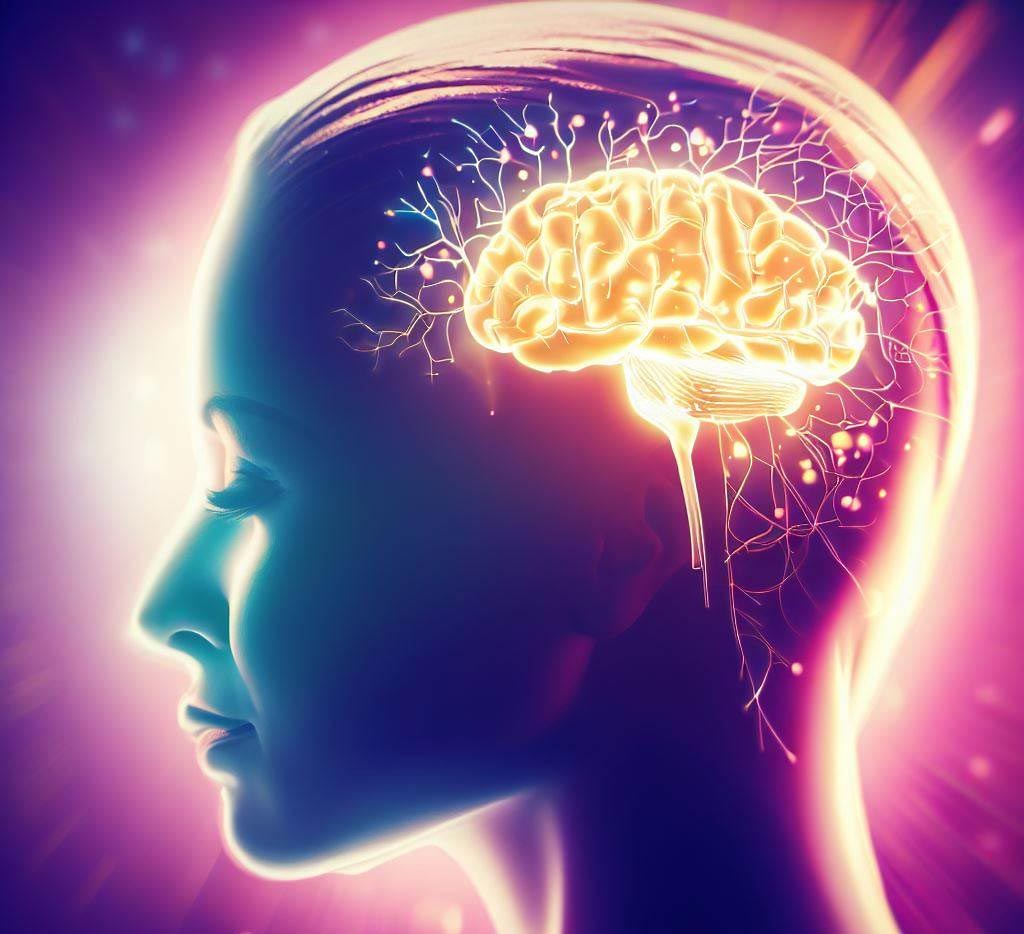
The Neuroscience of Self-Transformation: Unlock Your Brain's Potential
In the quest for personal growth and lasting behavior change, understanding the brain's role is crucial. Neuroscience offers profound insights into self-transformation, revealing how the brain's incredible ability to adapt and reorganize can be harnessed to foster personal development. This blog delves into the neuroscience of self-transformation, exploring neuroplasticity, cognitive behavioral techniques, mindfulness, and practical applications of brain science for self-improvement.
Introduction to Neuroscience and Self-Transformation
Definition and Importance of Self-Transformation
Self-transformation refers to the process of fundamentally changing one's habits, behaviors, and mindset to achieve personal growth and improvement. It involves a conscious effort to move beyond limitations, embrace new ways of thinking, and cultivate positive change. Self-transformation is essential for achieving long-term happiness, success, and fulfillment.
Overview of Neuroscience Basics Relevant to Self-Transformation
Neuroscience is the study of the nervous system, particularly the brain. It encompasses various disciplines, including biology, psychology, and cognitive science, to understand how the brain functions and influences behavior. Key concepts in neuroscience relevant to self-transformation include neuroplasticity, neural pathways, and cognitive behavioral change.
Neuroplasticity: The Brain's Adaptability
Explanation of Neuroplasticity and Its Mechanisms
Neuroplasticity is the brain's ability to reorganize itself by forming new neural connections throughout life. This adaptability allows the brain to adjust in response to new experiences, learning, and changes in the environment. Neuroplasticity occurs through two main mechanisms:
- Structural Plasticity: Changes in the physical structure of the brain, such as the growth of new neurons (neurogenesis) and the formation of new synaptic connections.
- Functional Plasticity: The brain's ability to shift functions from damaged areas to undamaged areas, allowing for compensation and recovery after injury.
Examples of Neuroplasticity in Action
- Learning a New Skill: When you learn to play a musical instrument, the brain forms new neural connections to accommodate the new skills and movements required.
- Recovery from Stroke: Stroke patients often undergo rehabilitation to retrain their brains to perform lost functions, demonstrating the brain's capacity to adapt and rewire itself.
Techniques for Self-Transformation
Cognitive Behavioral Techniques
Cognitive Behavioral Therapy (CBT) is a widely used approach for changing negative thought patterns and behaviors. CBT helps individuals identify and challenge distorted thinking, develop healthier thought patterns, and implement positive behavioral changes. Key techniques include:
- Cognitive Restructuring: Identifying and challenging irrational or negative thoughts and replacing them with more balanced and constructive thoughts.
- Behavioral Activation: Engaging in activities that promote positive emotions and reduce depressive symptoms.
Mindfulness and Meditation
Mindfulness and meditation practices enhance neuroplasticity by promoting relaxation, reducing stress, and improving emotional regulation. These practices help individuals develop greater awareness of their thoughts and feelings, leading to more intentional and positive behaviors. Benefits include:
- Increased Gray Matter Density: Regular meditation has been shown to increase gray matter density in brain regions associated with memory, empathy, and stress regulation.
- Improved Emotional Regulation: Mindfulness practices enhance the brain's ability to regulate emotions and reduce reactivity to stress.
Habit Formation and Breaking Bad Habits
Forming new habits and breaking bad ones involve rewiring the brain's neural pathways. Strategies for effective habit change include:
- Cue-Routine-Reward Cycle: Understanding the triggers (cues) that lead to habitual behaviors (routines) and the rewards that reinforce them. Modifying this cycle can help establish new, healthier habits.
- Gradual Change: Making small, incremental changes rather than attempting drastic transformations, allowing the brain to adapt more easily.
Practical Applications of Neuroscience for Self-Improvement
Daily Practices to Enhance Neuroplasticity
Incorporating daily practices that promote neuroplasticity can facilitate self-transformation. These practices include:
- Learning New Skills: Engaging in activities that challenge the brain, such as learning a new language or playing a musical instrument.
- Physical Exercise: Regular physical activity has been shown to stimulate neurogenesis and improve cognitive function.
- Healthy Diet: Consuming a balanced diet rich in omega-3 fatty acids, antioxidants, and vitamins supports brain health and neuroplasticity.
Real-Life Examples of Successful Self-Transformation Using Brain Science
- Michael Merzenich: A renowned neuroscientist who revolutionized our understanding of neuroplasticity. His research has led to the development of brain training programs that help improve cognitive function and mental agility.
- Barbara Arrowsmith Young: Diagnosed with severe learning disabilities, she used neuroplasticity principles to develop cognitive exercises that rewired her brain, overcoming her challenges and founding the Arrowsmith Program to help others.
Scientific Evidence Supporting Neuroscientific Methods in Self-Improvement
Studies and Research
Numerous studies support the effectiveness of neuroscientific methods in promoting self-improvement and personal growth. For example:
- Mindfulness Meditation: Research published in the journal Psychiatry Research: Neuroimaging found that eight weeks of mindfulness meditation increased gray matter density in brain regions associated with learning, memory, and emotional regulation.
- Cognitive Behavioral Therapy: A meta-analysis published in the journal Clinical Psychology Review concluded that CBT is highly effective in treating anxiety and depression, leading to significant improvements in mental health and well-being.
Expert Opinions and Insights
Experts in neuroscience and psychology emphasize the importance of leveraging brain science for self-improvement. Dr. Norman Doidge, author of The Brain That Changes Itself, highlights how understanding and applying neuroplasticity principles can lead to transformative personal growth and healing.
Conclusion
Summary of Key Points
The neuroscience of self-transformation reveals the brain's remarkable ability to adapt and change, offering powerful tools for personal growth and behavior change. Key concepts such as neuroplasticity, cognitive behavioral techniques, mindfulness, and habit formation provide a solid foundation for self-improvement efforts.
Encouragement to Apply the Techniques Discussed
By incorporating the techniques discussed, individuals can harness the power of their brains to achieve lasting self-transformation. Whether through mindfulness practices, cognitive restructuring, or habit change strategies, the journey towards personal growth and fulfillment is supported by the latest insights from neuroscience.
Neurobiology Mental Health




